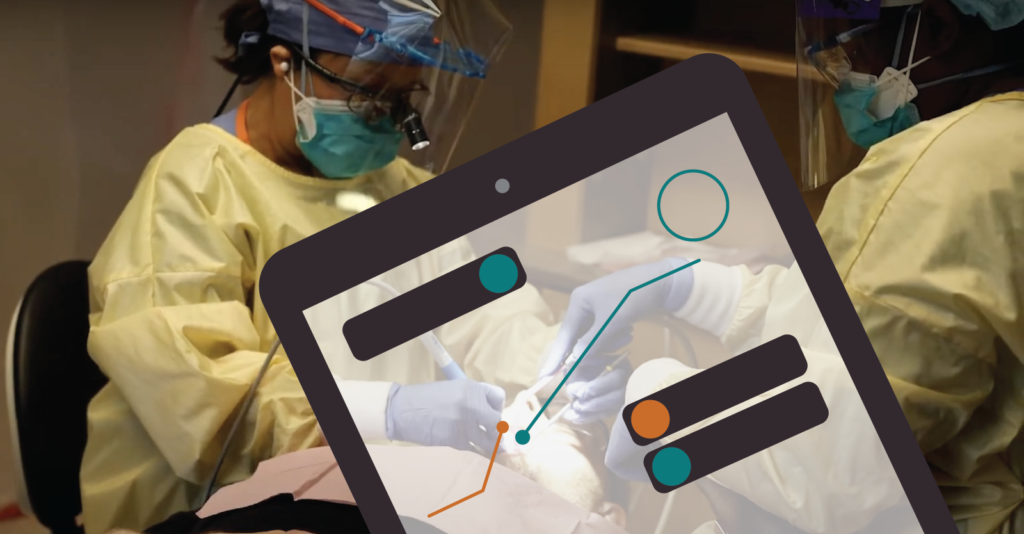The year is 2021. At the turn of the century, kids trading playing cards could never have imagined that in 20 short years they would be able to walk among the Pokémon printed on their cards, finding creatures in their backyards and battling other trainers on street corners around the world.

Picture of Pokemon cards (left) by Minhimalism
Scientists haven’t managed to actually bring fictional animals to life, but technological advances in Augmented Reality (AR) have made it possible to merge digital environments with the real world. And while AR is already used for entertainment purposes, developers are finding new and innovative ways to incorporate the technology into a wide variety of work settings.
For example, The Weather Channel has used AR technology to bring and extra dimension to newscasts about extreme weather events like hurricanes.
The world of medicine is no exception—researchers and developers see a bright future for AR technology in a variety of medical settings.
Parth Patel, a UNC Chapel Hill neuroscience student who has studied AR, specifically exploring its potential medical uses, said, “This modern piece of technology is slowly becoming common in various dental practices, particularly oral surgery and prosthodontics.”

“AR allows a dental practitioner to view a three-dimensional model in front of them while operating on the patient,” said Parth. “This reduces any error that may occur glancing back and forth between the screen and the patient.”
Parth also mentioned the potential for AR technology to enhance dental education, allowing students to truly see what a procedure looks like before operating on a patient.

Parth sees a potential for AR-informed dentistry to increase access to care. He said that the technology can allow dental professionals to perform more procedures outside of the dental office. Even in a traditional setting, using AR technology to guide procedures could significantly increase the efficiency of a dentist’s workflow.
“Though literature is limited on AR, results of existing research are very promising,” said Parth. “AR is likely a form of technology that we will see commonly at the dentist’s office in the coming years.”
NCOHC, a program of the Foundation for Health Leadership & Innovation, works to advance systems-level changes, improving the overall health and well-being of all North Carolinians by increasing access and equity in care. To stay up-to-date and get involved, join us today as a North Carolinian for Change.



